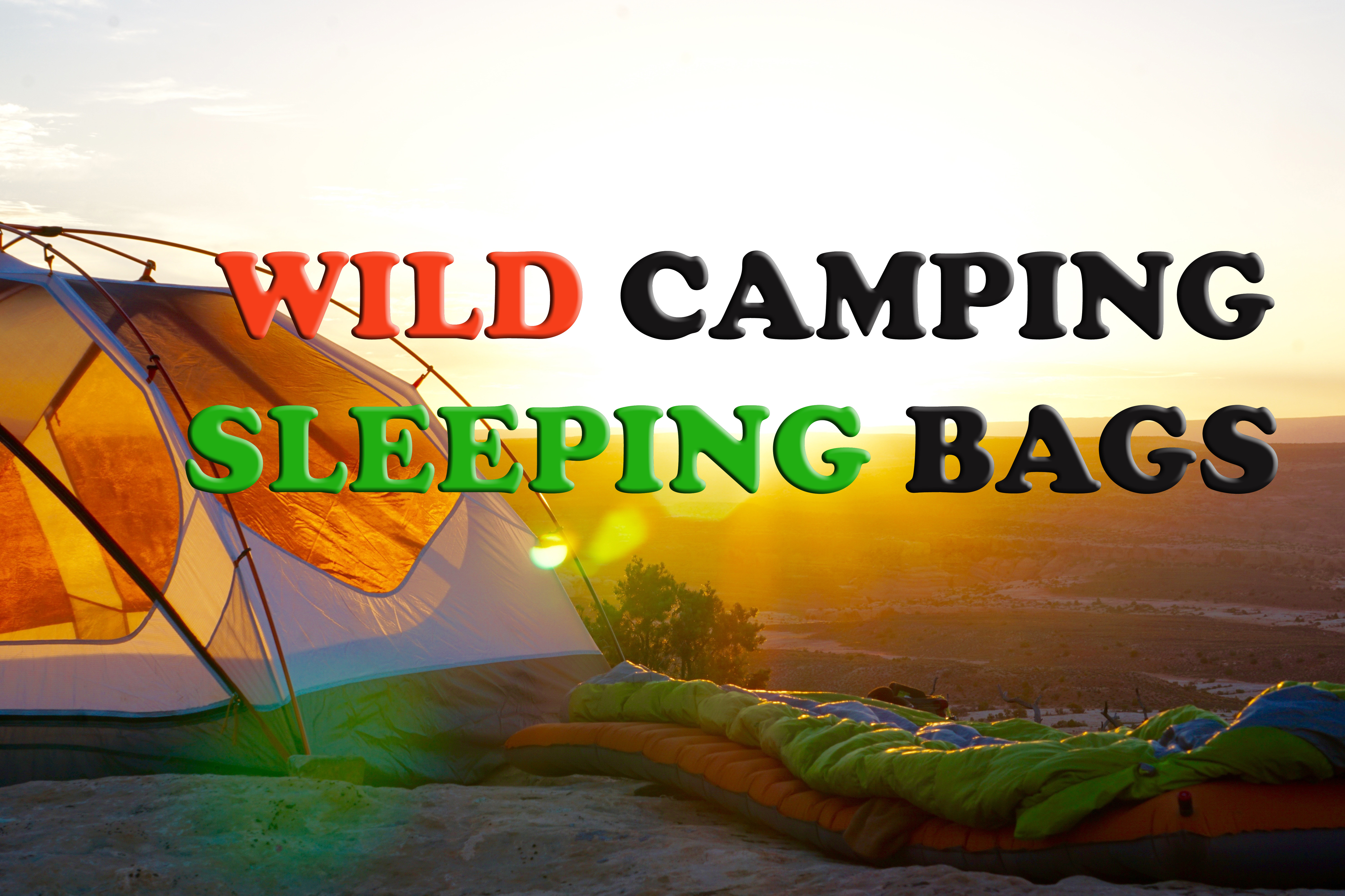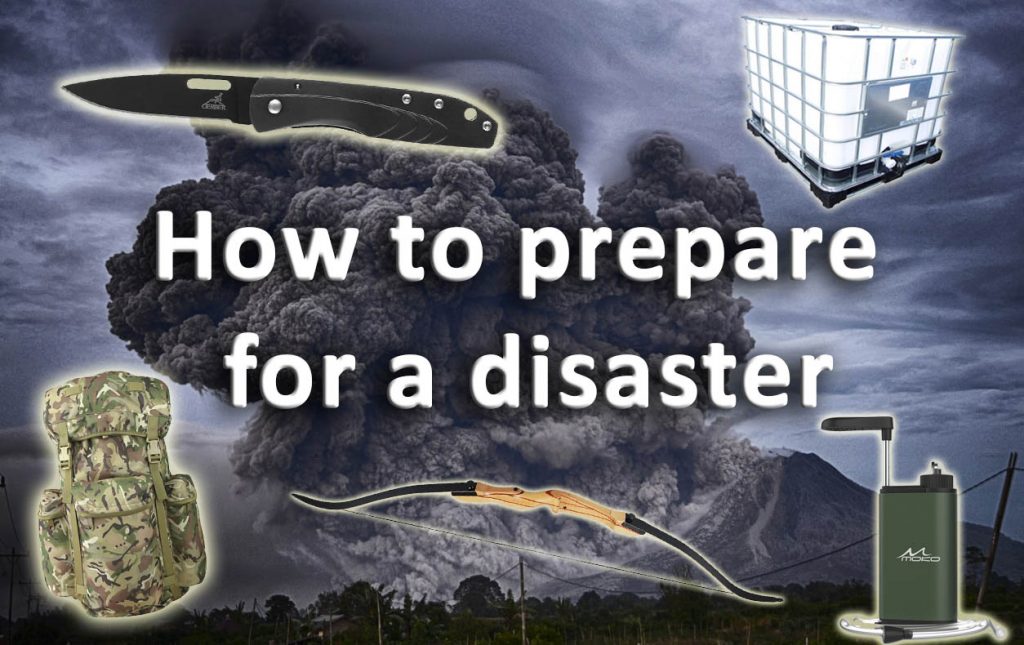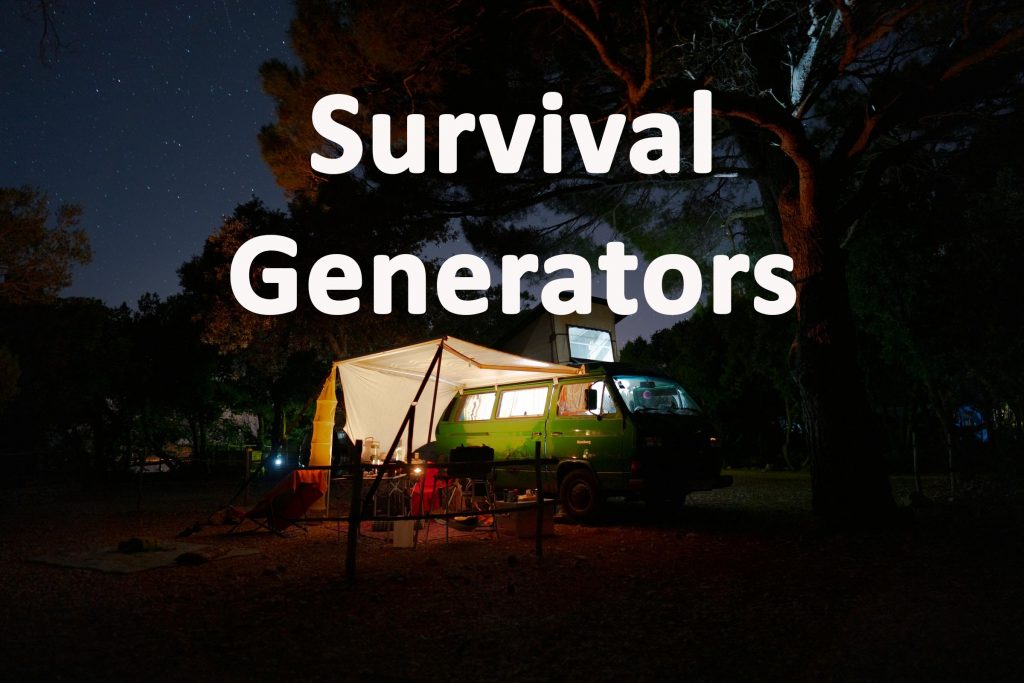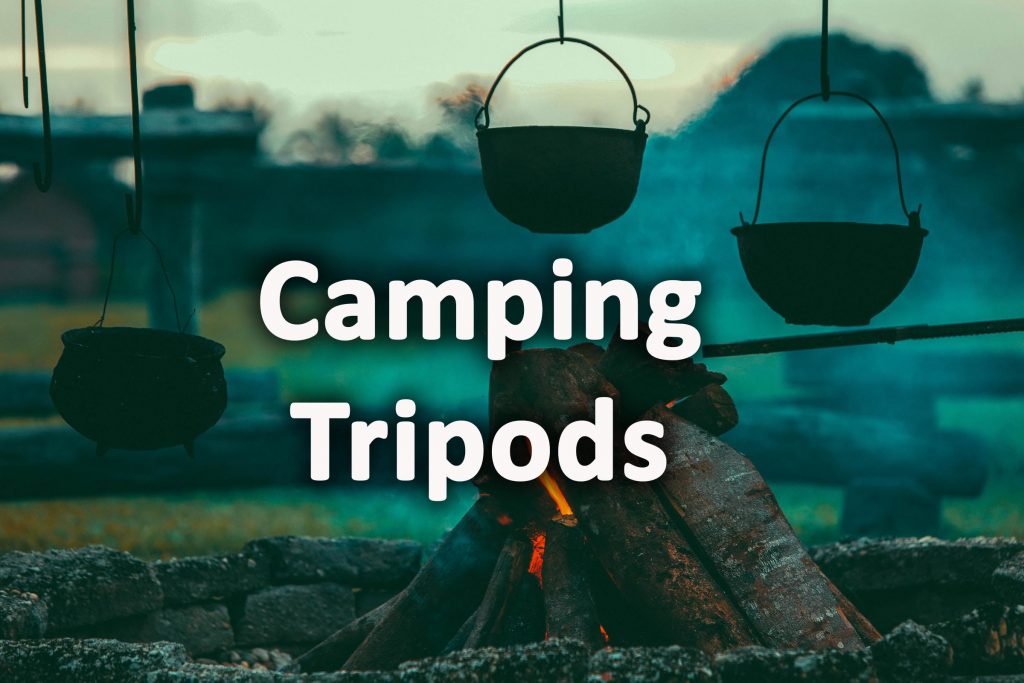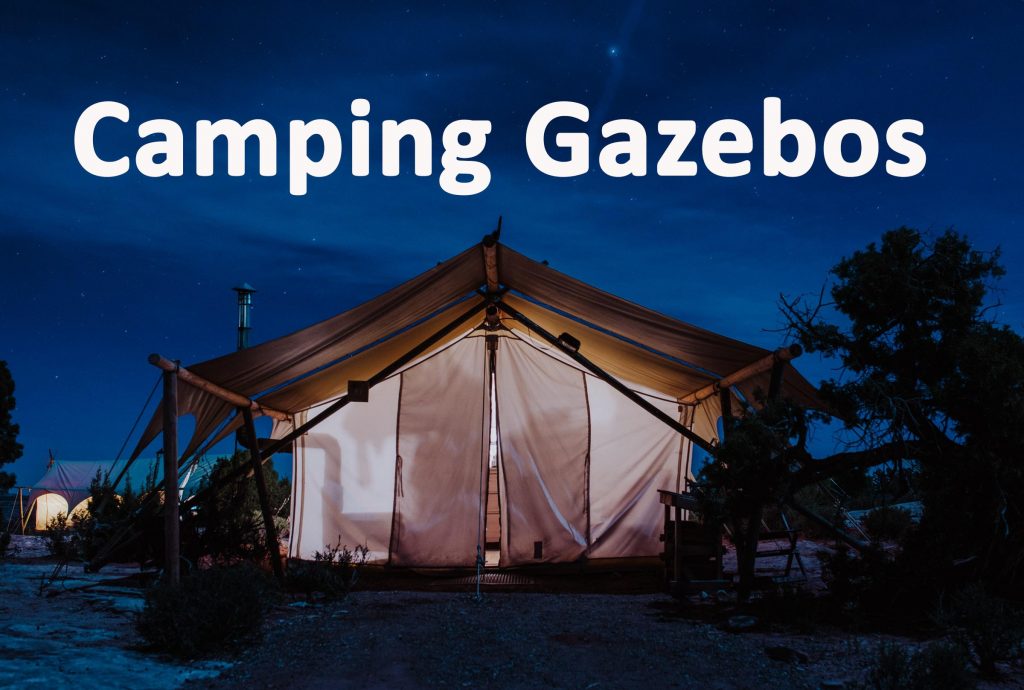Wild camping sleeping bags

Wild camping is becoming an ever more popular way to spend time in the great outdoors. Unlike traditional campsite based camping wild camping allows you to access wild and majestic landscapes. With more and more of our lives becoming ever more urbanised people are looking to nature to relax and unwind. There is much evidence to suggest that staying out in wild places can be great for our mental and physical health.
The only concern for many when approaching the idea of camping is comfort. Will I be uncomfortable, irritable or even freezing cold? Well much of this depends on your equipment and especially your sleeping bag. Wild camping should be an enjoyable experience and that is why we have put together our selection of best wild camping sleeping bags below.
Temperature grade
Most wild camping sleeping bags do have a recommended minimum temperature grade. These numbers however really do need to be taken with a pinch of salt. The temperature grade is really a measure of survivability rather than comfort so try to go lower in temperature grade if you predict cold conditions.
Most people go wild camping in the summer months hence why most bags are within the 20 degree range. If you are a seasoned wild camper and camp out in all conditions you should be using at least a minus 10 bag.

Bear in mind that the size and shape of your sleeping bag makes a difference to how warm you will be. For years I used a good sleeping bag but I was too big for it and the zip would frequently pop open. This resulted in me always being cold. For cold conditions when wild camping preferably get a mummy bag which completely seals you in. Also make sure you can move around in the bag without it opening up.
Temperature sleeping grades are a guide and some people sleep warmer than others and there is also a difference between men and women. Take into consideration other factors which may keep you warm such as having a suitable sleeping mat.
Shape and size
With sleeping bags there are three main shapes and types. The fist type are the square bags, these are good for summer time mimicking a bed shape for convenient camping. The draw back with these is they can allow heat to escape out of the top end.
The next sleeping bag type is the mummy sleeping bags. These are popular as they have a built in hood for your head. These bags allow you to create a perfect seal around you keeping in maximum warmth.
These are probably the most ideal for wild camping expeditions. The third type of sleeping bag and less common is the sleeping pod. These resemble a mummy bag but twice as wide so you can move around freely inside. These are not very recommended for wild camping as generally their added bulk adds to weight and packing space.

Colour
When wild camping what colour your sleeping bag is may or may not be relevant to your intentions. The factors usually associated with such choices usually depend if you wish to be more or less noticeable. To be fair the majority of wild camping sleeping bags will be closed within tents so the colour is down to personal preference.
Some campers however choose to camp out under tarps or in bivvy’s which can make sleeping bags more noticeable in the landscape.
Many wild campers, bush crafters and stealth campers actually have an interest in blending into their surroundings. This allows them to have as little impact on the natural landscape as possible. Wild campers interested in wildlife and survival may wish to choose a wild camping sleeping bag that does not stand out.

For these situations a good quality camouflage bag can be the best option. Some wild camping expeditions can be in far to reach places which enhances the wilderness experience.
Some of these locations can be remote moorland or high mountainous terrain. These locations are potentially dangerous and there is always a chance wild campers may need to be rescued. For this reason campers who use these environments generally go for brightly coloured sleeping bags. This gives them a higher chance of being found if a rescue operation is carried out.
Weight
The weight of a wild camping sleeping bag should also be taken into account. Wild campers who trek to their locations on foot know weight and space in their back pack can be at a premium. When choosing a wild camping sleeping bag try to make notes on these specific attributes.
The weight and size of a bag will usually depend if it is made of synthetic fibres or natural, down fibres. Synthetic fibres are generally bulkier, heavier but cheeper than down fibres.

Materials
What materials are inside your sleeping bag may not seem to be of much relevance they are however quite important. Wild camping sleeping bags have two main materials which give the bags their attributes. These consist of fibres which give bags their heat retention qualities and are either synthetic or natural.
Synthetic are manmade which are heavier and larger but at the same time cheaper. Natural or down materials are either made from duck or goose feathers which are incredibly thermal regulative. Down sleeping bags are generally the best for survival and cold weather wild camping.

Best wild camping sleeping bags for the cold
Most of the time wild camping sleeping bags need to be able to withstand cold temperatures. Wild campers on the whole are usually not as fazed by the time of year or conditions in which they camp. Wild camping enthusiasts are more likely to camp in mountainous landscapes giving a higher chance of being exposed to the cold.
I always think it is best to go for the warmest sleeping bag you can find, you can always open it up in warmer conditions. Even a polar grade wild camping sleeping bag can simply be draped over you in summer acting more like a loose bed sheet. For this reason we have placed some of the best cold weather wild camping sleeping bags below.
Chinook Polar Peak Mummy -5
Thermarest Polar Ranger -30
Hyke & Byke Cold weather sleeping bag -10

Hyke & Byke Cold weather sleeping bag on Amazon
Yeti Fever Zero Sleeping Bag -1
Yeti Fever Zero Sleeping bag on Amazon
Best wild camping sleeping bags for concealment
Many times wild campers methods mean they fall under the category of guerrilla or stealth camping. Stealth camping is wild camping but with an added stealthy element of trying to stay hidden. This may or may not be because they do not have permission to camp within a given area.
Stealth camping can also be an effective way of concealing one’s self to aid secretive activities such as bird watching, wildlife filming or hunting.
This means wild campers within these categories will usually want a wild camping sleeping bag which blends in to nature. This usually means buying a camouflage bag with military grade colours and patterning. These can also be favourable to general, wild campers or those conducting bushcraft activities.
Highlander Phantom 250
Highlander Phantom 250 on Amazon
The Highlander Challenger
The Highlander Challenger on Amazon
Phantom 400
Best wild camping sleeping bags for a budget
Let’s face it we do not all have multiple funds to buy the best wild camping sleeping bags for our spare time adventures. Consequently therefore we have to make do and experiment with cheaper alternatives to start us off. For this reason we have compiled some great budget wild camping sleeping bags that do the job but will not break the bank.
Soulout 4 Seasons
Pixnor 4 season
Camel crown 3 seasons
Camel Crown 3 seasons on Amazon
Best mats for wild camping sleeping bags
One of the biggest problems campers face with wild camping sleeping bags is getting cold. On many occasions it is not solely the fault of the sleeping bag at all. Most of the time campers have not given enough off of an insulation layer between their bodies and the ground.
Cold ground out in the wild can literally suck the warmth out of your body regardless of how good your sleeping bag is. For this reason we have included some effective camping mats to accompany your wild camping sleeping bag.
Inflatable lattice mats
These mats are actually inflatable camping beds but not the same as the old fashioned, heavy and clumsy ones we commonly think of. Inflatable lattice mats usually only take about 15 breaths to inflate and pack away to pretty much nothing.
These mats are also extremely lightweight as well as quick and easy to use making them perfect for wild camping. I personally use these when I go camping and can highly recommend them. I will leave a link to my favourite available on Amazon here.
Foil reflector mats
Reflector mats don’t work as well at cushioning you from the cold ground but as a thermal barrier are extremely effective at keeping away the cold. If used in conjunction with an inflatable lattice mat extremely cold temperatures can be endured. Foil reflector mats are also very useful for wild camping in hammocks and are light and easy to pack away. I will leave a link to a recommended one on Amazon here.
Foam camping mats
These camping mats are much more traditional methods of separating your wild camping sleeping bag from the ground. The good thing about these is they provide a comfortable spongy sleeping surface and keep you warm. The only drawback with these is they are quite awkward to back down into your gear. Camping mats therefore are usually strapped to the top of your rucksack for easy transportation. For a more extensive article on wild camping equipment why not check out our wild camping equipment article here.
Conclusion
There is no doubt that wild camping can expose you to some truly thrilling locations. The only concern of many is living in relative comfort when spending time in the wild. One of the best things you can do to prepare for this is to invest in a suitable wild camping sleeping bag and mat.
With all of the considerations in this article you should have all the information you need to make the perfect choice. Thank you for reading our article, why not check out our article on wild camping equipment here! This reads as an illustrated guide to everything you need to become an expert wild camper.
If you enjoy reading our articles why not share them with your friends? This really helps us out and inspires us to write more informative articles.
‘As an Amazon associate I earn from qualifying purchases’
